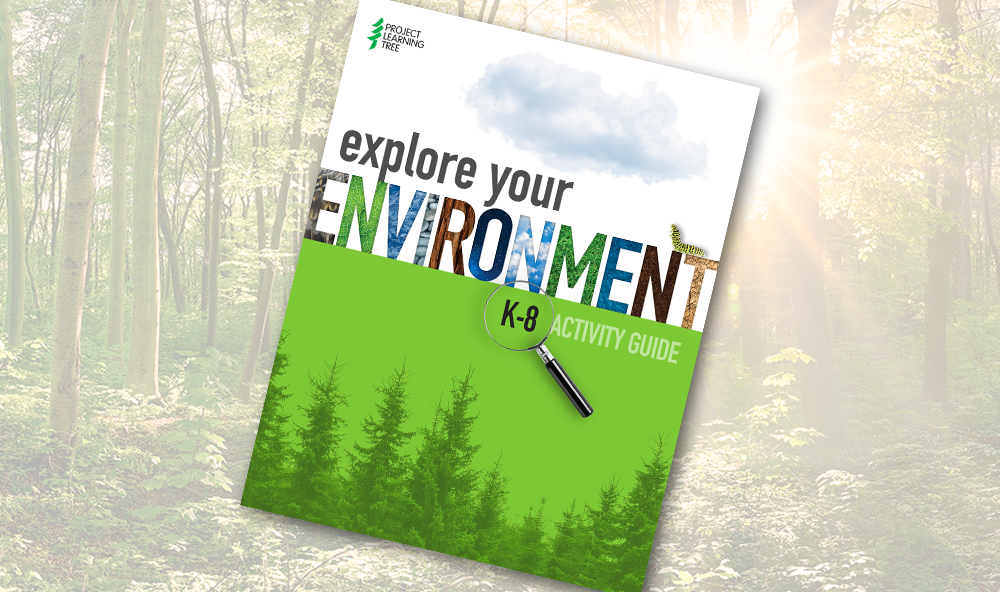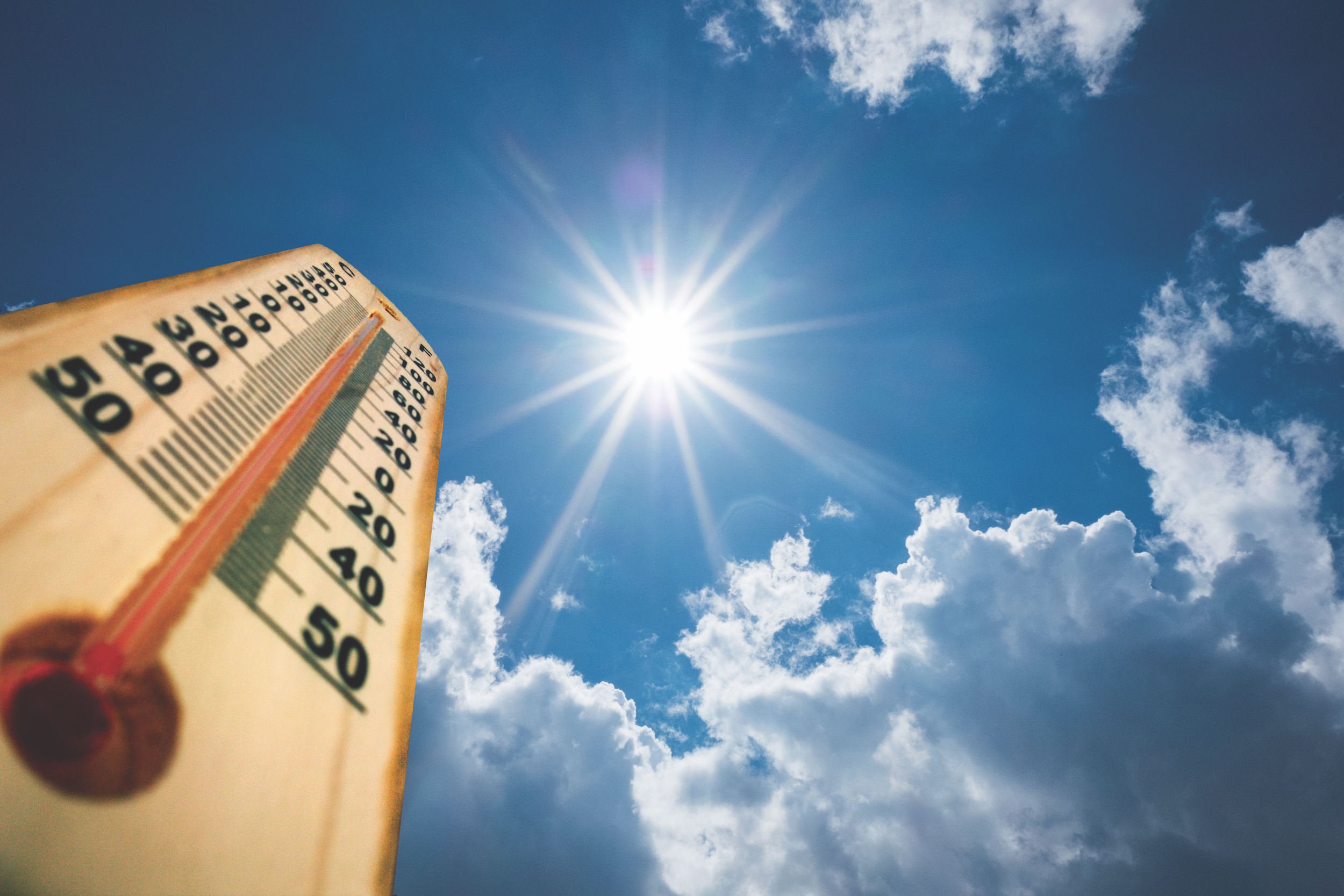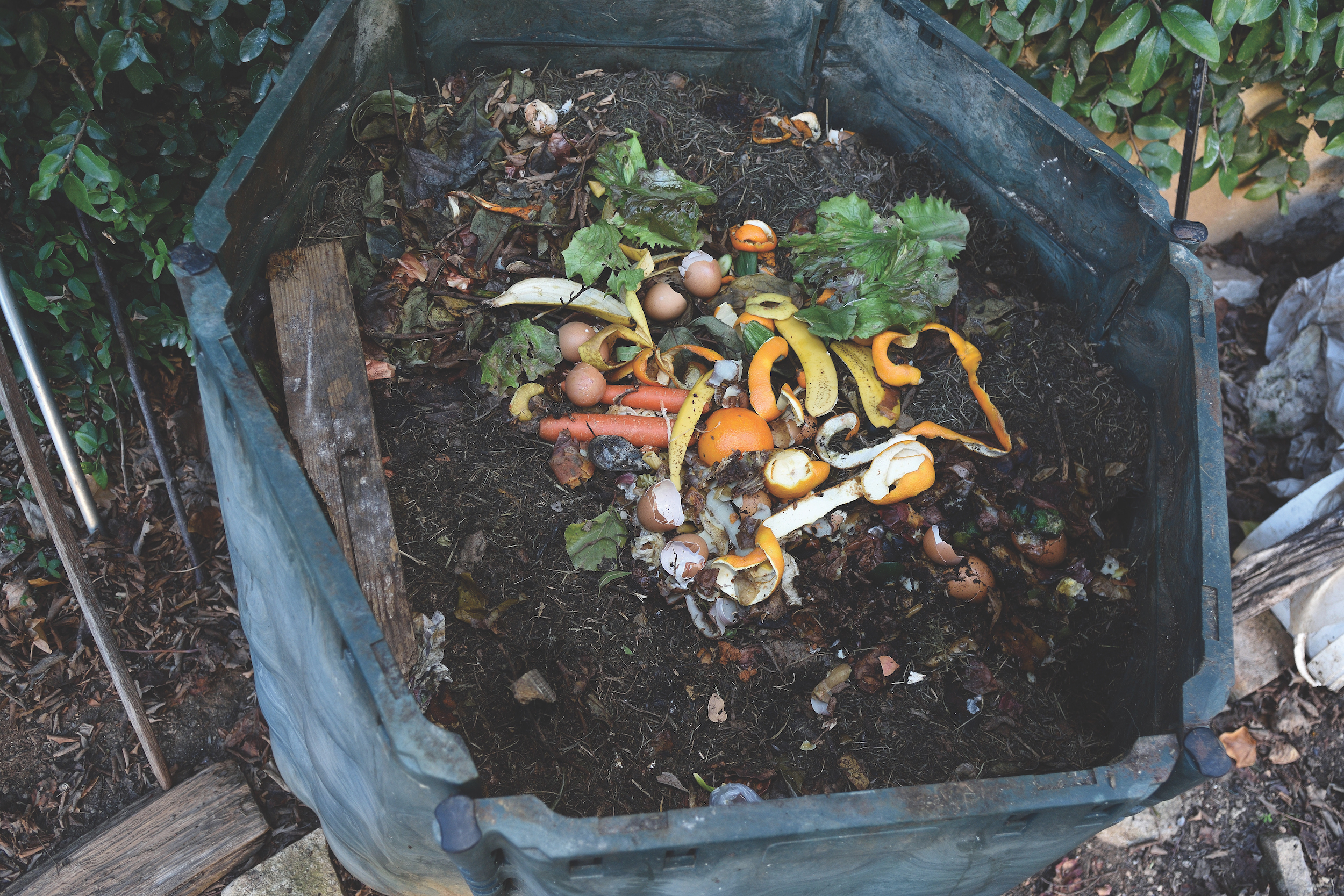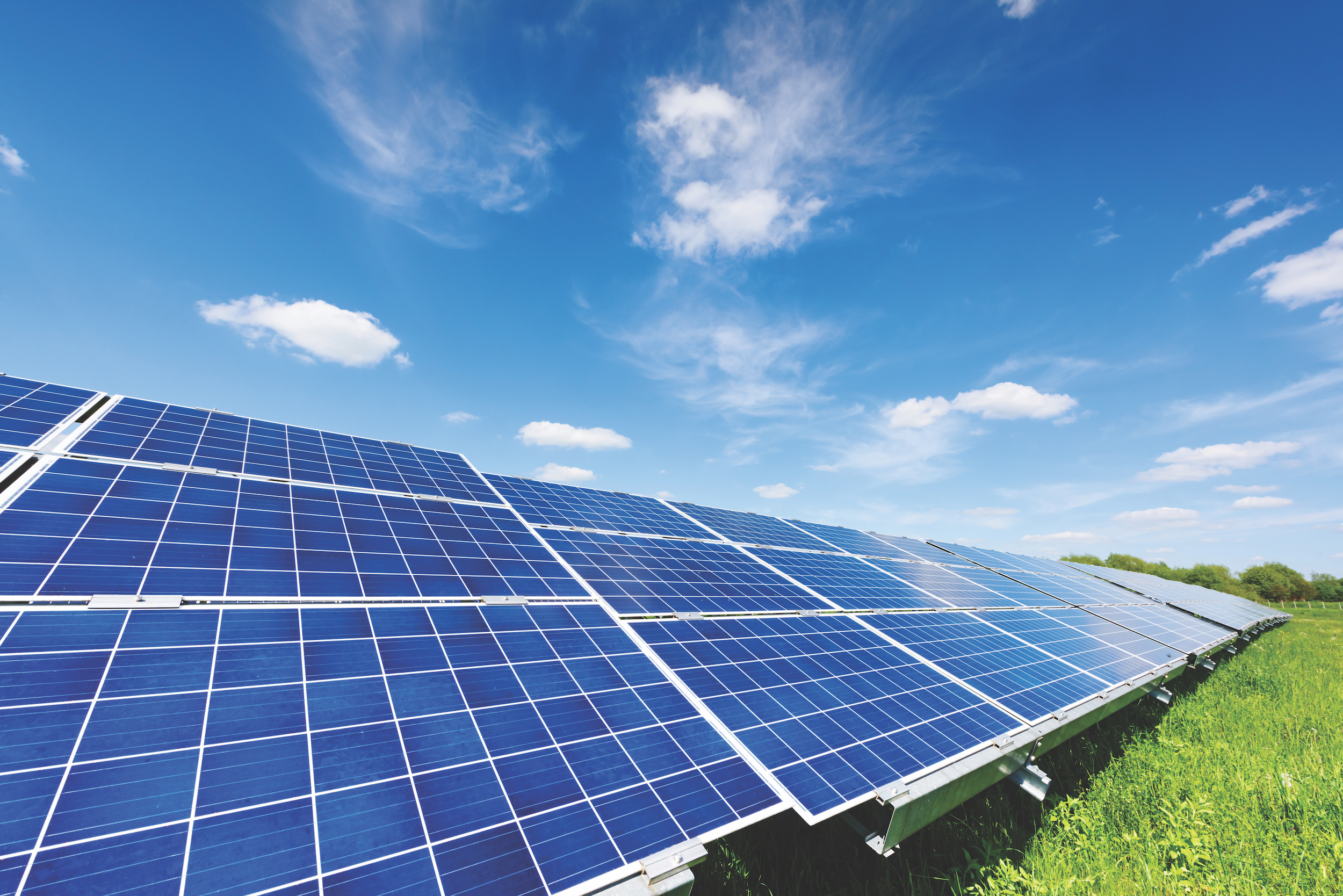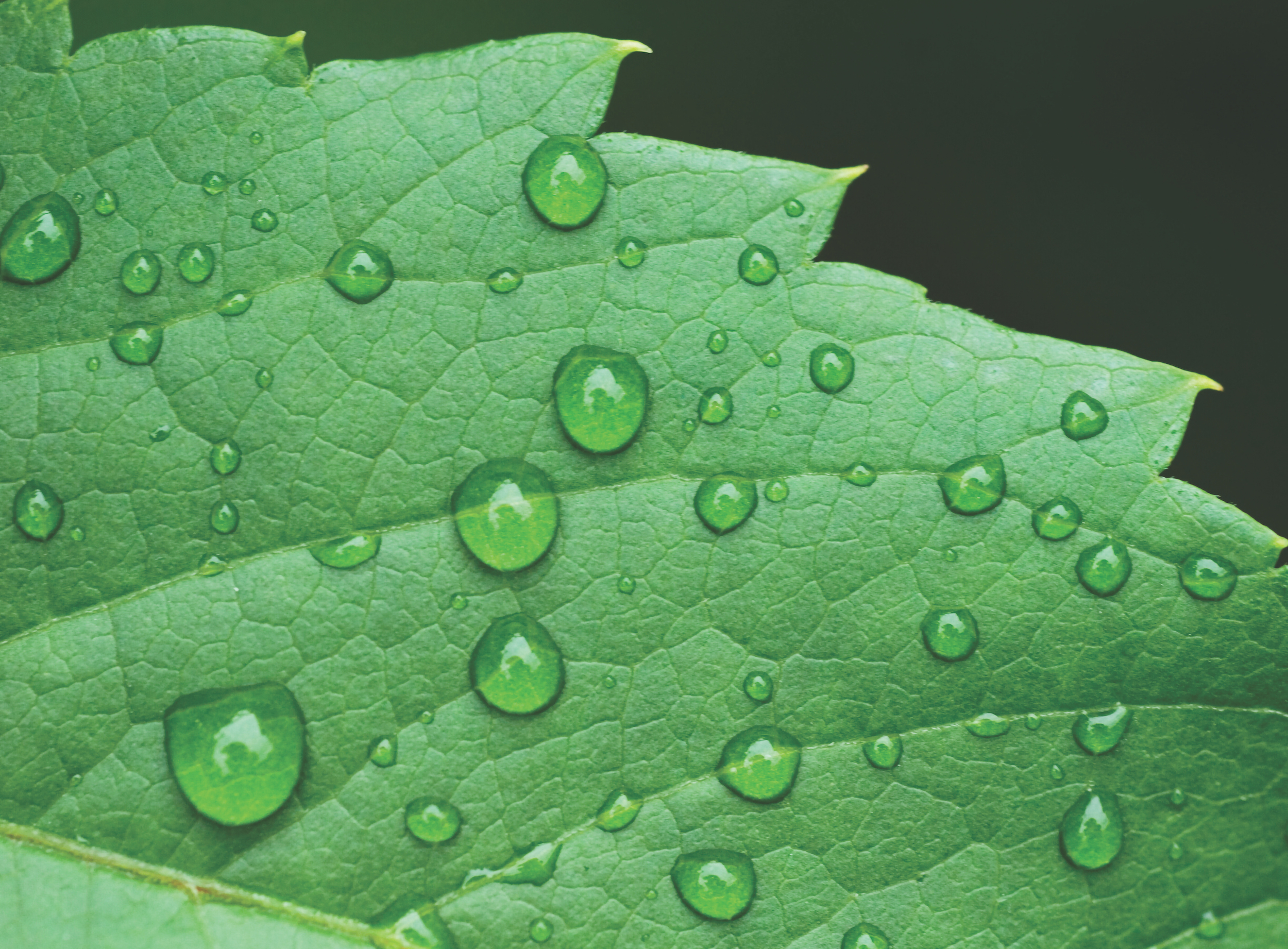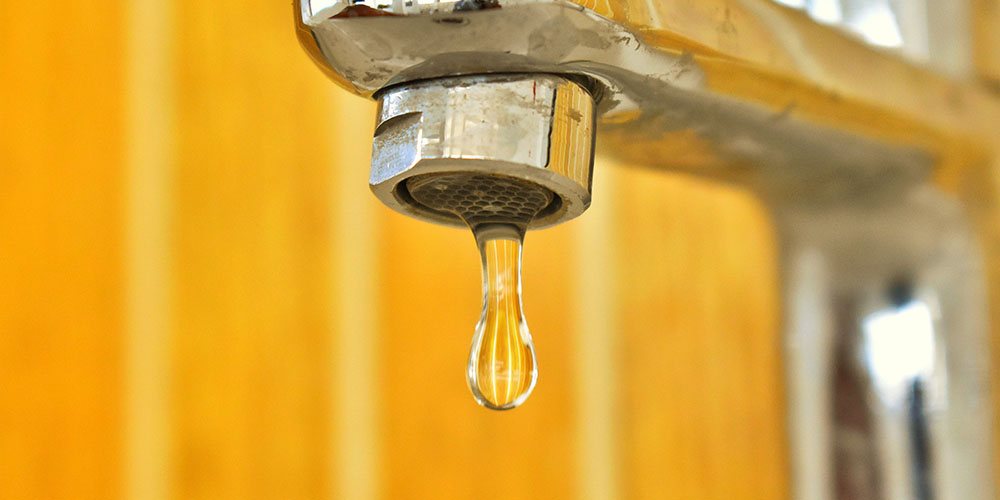December 28, 2020 | By Project Learning Tree
Using data collected from Mauna Loa, students graph changes in atmospheric levels of carbon dioxide (CO2) over the course of several decades and identify possible reasons for those changes.
December 28, 2020 | By Project Learning Tree
By examining trash, students can learn a lot about how and why they throw things away. Students find ways to reduce their community’s waste production and improve its management through participation in a service-learning project.
December 28, 2020 | By Project Learning Tree
The energy we use at home, school, or work enhances our lives, but it also often contributes to air and water pollution, wildlife and habitat loss, and climate change.
December 28, 2020 | By Project Learning Tree
The water cycle is the system by which Earth’s water is collected, purified, and distributed from the environment to living things and then returned to the environment.
August 25, 2016 | By Project Learning Tree
Students use a carbon footprint calculator to analyze their personal effect on carbon dioxide (CO2) levels in the atmosphere, calculate the amount of carbon stored in a single tree, and explore how carbon sequestration can affect CO2 levels.
July 12, 2016 | By Project Learning Tree
It’s easy to waste water and even easier to take clean water for granted. Identify ways you can conserve water in your home.
